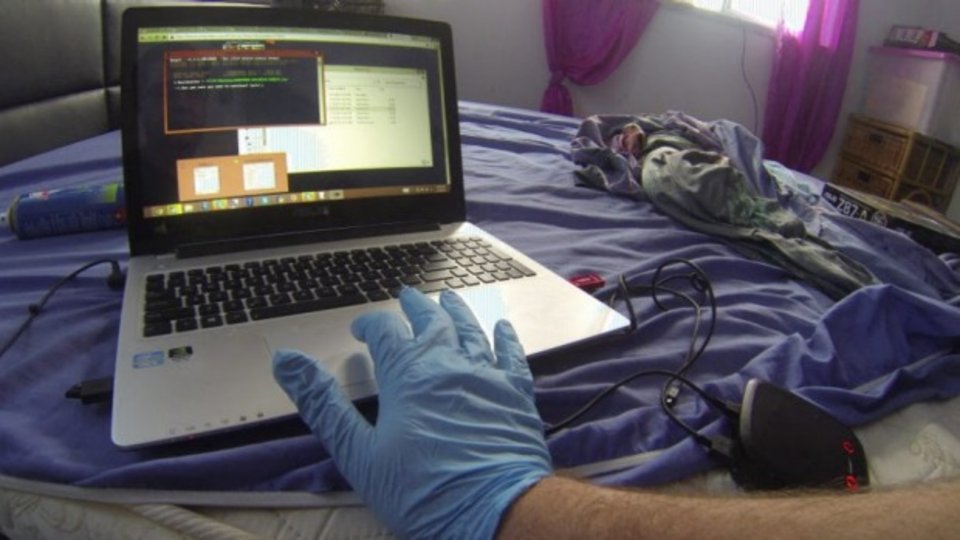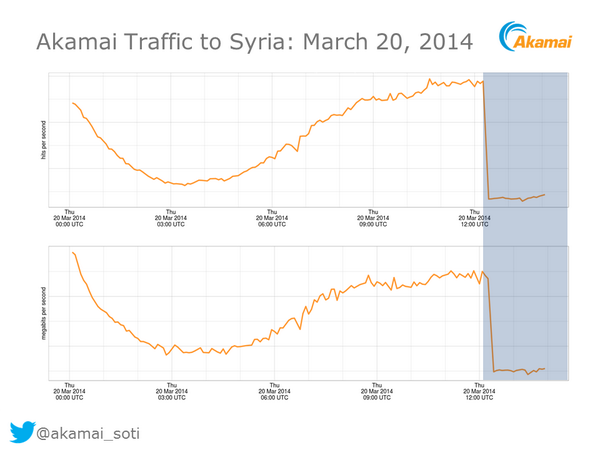According to a report from Reuters, some banks are facing a bill of up to £60m to overhaul their networks of ATMs. Cash machine operators have a choice as to how they handle the deadline: some are taking the opportunity to upgrade to Windows 7, while others are simply extending support contracts with Microsoft or third-party firms.
Many operators will have extra time to handle the change, as Microsoft had already extended the deadline for its point of sale operating system XP Embedded - found in many ATMs and cash register units - until 2016.
Link, the company which provides the back-end systems for the UK's ATM network, said in a statement to V3 that while it did not operate any machines directly, it had been working closely with the banks in question to ensure the machines would continue to work reliably and securely.
A spokeswoman for the company said: "All Link members have fully considered, and have plans in place for dealing with the withdrawal of Windows XP support. Most will migrate to Windows 7-based ATMs, either through upgrading existing machines or replacing existing ATMs with new, Windows 7-based devices."
She added that the majority of these upgrades would take place during 2014 and 2015. "During this migration period, ATM operators will mitigate any additional risk through the use of third-party security software and/or by purchasing extended Windows XP support."
According to Reuters, RBS is beginning to upgrade its machines to Windows 7, a process it expects to take three years. Lloyds, meanwhile, has extended its support contract with Microsoft to 2016 while it updates 6,000 units. Barclays is still negotiating a deal, while Santander and HSBC already have agreements in place with Microsoft.
Last week, V3 revealed that many cyber criminals have been saving up their XP hacks for when the support deadline passes, with many organisations fearing a fresh onslaught of malware.

